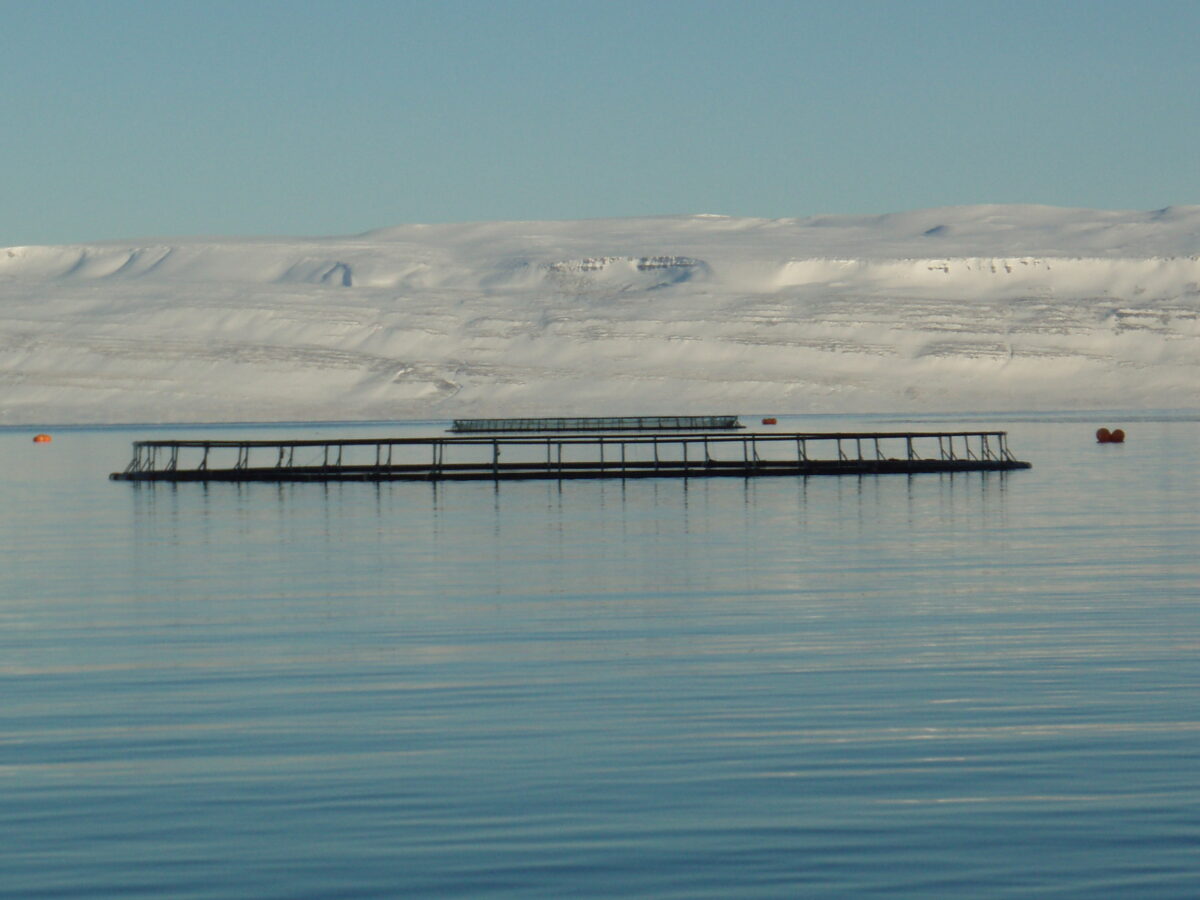Contact
Gunnar Þórðarson
Regional Manager
gunnar.thordarson@matis.is
Side streams in aquaculture are mostly divided into two categories, ie. K2, which is a fish that dies by itself in pens, and K3, which is offal that occurs during slaughter, as well as heads, spines and trimmings that occur during processing. Raw materials from K2 may not be processed for human consumption or in feed for animals bred for human consumption, and therefore other markets must be considered, for example pet or fur animals. However, K3 can go into production for human consumption or in the feed of animals consumed by humans.
This is a significant amount that is added as a by-product of aquaculture in Iceland. More than five thousand tons of K2 and more than two thousand tons in K3 are expected. Today, these raw materials are mostly processed into malt, which is exported to Norway for further processing into animal feed. Processing of by-products from fillet processing has been frozen and used to make feed for fur farming.
Spontaneously dead fish from pens (K2) are immediately processed on board feed barges and delivered to local Norwegian buyers on board cargo ships. Due to the limited use of this raw material, the values are below the cost price of smelt production. There are more possibilities for the production of digestate from K3, which can be used to make feed for farm animals and even for human consumption, which increases the value considerably. It has been agreed with buyers that if they take K2, they will also get K3, without payment for products of both categories.
In this project "Value creation in Icelandic aquaculture", which was partially financed by the AVS research fund in the fishing industry/Food Fund, points out ways to increase value creation in digestate processing. The project looked for ways to reduce costs and increase value in the production of digestate from the by-streams of aquaculture, where in particular the aim was to reduce transport costs by processing the digestate more, removing fish oil and water from it, which reduces volume and weight during transport and gives the opportunity to work it into more expensive products. Salmon farming in Iceland today is spread across East Iceland and Vestfjörður, in addition to extensive land farming being prepared in at least three locations in the South, and therefore it is important to find solutions to collect and transport the side raw materials from fire and slaughter to further processing, but considerable equipment needed for that.
The project explores important possibilities in the utilization of K2 and K3, which until now has been a cost for the fish farm and could turn it into value creation. To advance these ideas, it is necessary for the research community to work closely with aquaculture companies and regulatory authorities.
- The thickening is carried out by steaming under vacuum which takes place at 30-50°C and therefore the properties of the proteins are mostly preserved. But during drying, some of these properties are degraded due to the high evaporation temperature during drying.
- In the future, it would be possible to think of using concentrate directly in feed production and omitting the drying step, which is costly (capital costs are high and also operating costs) and not environmentally friendly. In this way, it would be possible to significantly reduce soot during this processing and the feed would be more environmentally friendly.
To move forward, it is important to develop these ideas in collaboration with the industry and the research community. It is also important that the government and regulatory bodies get involved in order to ensure that the regulatory framework is in line with the needs and requirements of all stakeholders.






